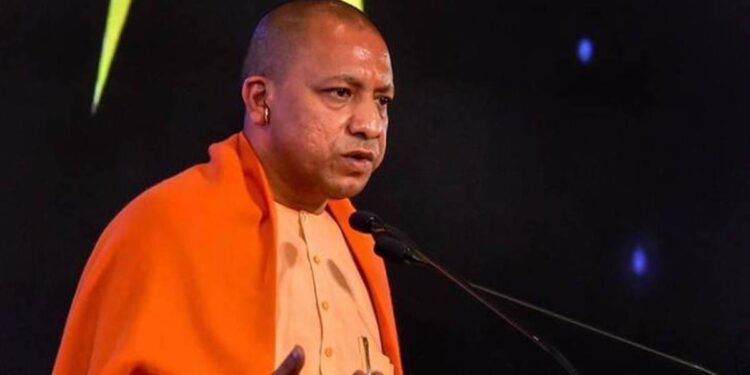In Punjab, most pollsters gave the AAP numbers much ahead of the ruling Congress and the Akali Dal-BSP combine in Punjab.
Exit polls broadcast by television networks after the final phase of voting on Monday predicted the return of the Yogi Adityanath government in Uttar Pradesh and a comfortable victory for the AAP in Punjab. The polls forecast a dead-heat race in Uttarakhand and Goa, both ruled by the BJP, signalling the possibility of hung Houses in the two small states. Pollsters also predicted a sweep for the BJP in Manipur where it is the ruling party.
In Uttar Pradesh, pollsters forecast that the ruling BJP may suffer losses but would still cross the half-way mark of 202 comfortably. The SP-RLD alliance, which had waged a spirited campaign, may make major gains compared with 2017 but are likely to fall well short of the magic figure. The Congress, the polls predicted, would remain in single digits.
In Punjab, most pollsters gave the AAP numbers much ahead of the ruling Congress and the Akali Dal-BSP combine in Punjab. If the exit poll predictions hold true and the AAP manages to win Punjab, the outcome has the potential to trigger a churning in Indian politics, especially in the Opposition space as no other party barring the BJP and the Congress are in power in more than one state now.
In 2017, the Congress had stormed to power in Punjab, winning 77 of the 117 seats. The AAP, which made its debut last time, came second with 20 seats while the Akali Dal-BJP alliance, which was in power then, could manage to win only 18 seats (Akali Dal 15 and BJP 3). The Akali Dal, having parted ways with the BJP over the controversial farm laws, fought the election this time in alliance with the BJP.
The BJP, on the other hand, aligned with former chief minister Amarinder Singh’s Punjab Lok Congress. While the India Today-Axis poll gave the AAP 76-90 seats, ABP C Voter poll gave it between 51 to 61 seats. Almost all the polls gave the Congress less than 30 seats. The figures for the Akali Dal, however, varied with some giving it 20-30 seats while others giving it less than 20 seats. Most polls predicted that the BJP-Punjab Lok Congress would end up in single digits.
In UP, five exit polls gave the ruling BJP a comfortable majority in the 210-240 range. In 2017, the BJP had won a landslide mandate in UP, winning 312 seats on its own in the 403-member House but none of the polls so far predicted that the party would reach the 300 mark. With allies Apna Dal (9) and SBSP (4), the tally of the BJP alliance had touched 325 seats in 2017.
The SP, which fought in alliance with the Congress, could win only 47 seats last time. The BSP too was decimated as it could win only 19 seats.
In Uttarakhand, the opinion polls differed sharply. While some gave the ruling BJP an edge, some predicted the Congress would emerge as the single-largest party. None of the polls gave either side more than 40 seats. In 2017, riding the Modi wave, the BJP managed to win in 57 of the total 70 Assembly seats, while the Congress was limited to 11 seats. Two of the remaining seats were won by Independent candidates who are now with the ruling party.
In Goa too, pollsters predicted a dead-heat race with none of the polls predicting a comfortable victory for either the ruling BJP or the Congress. Most polls predicted that the AAP could win a couple of seats. In the 40-member House, the Congress had emerged as the single largest party in 2017, winning 17 seats but the BJP, which won 13 seats, managed to form the government with the support of the Goa Forward Party and the MGP which had won three seats each and two independents.















